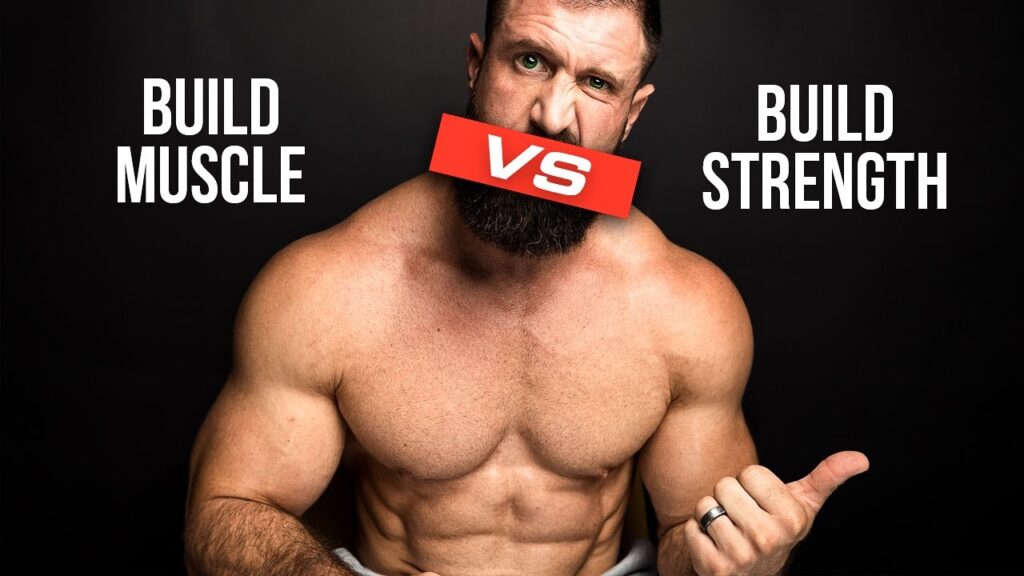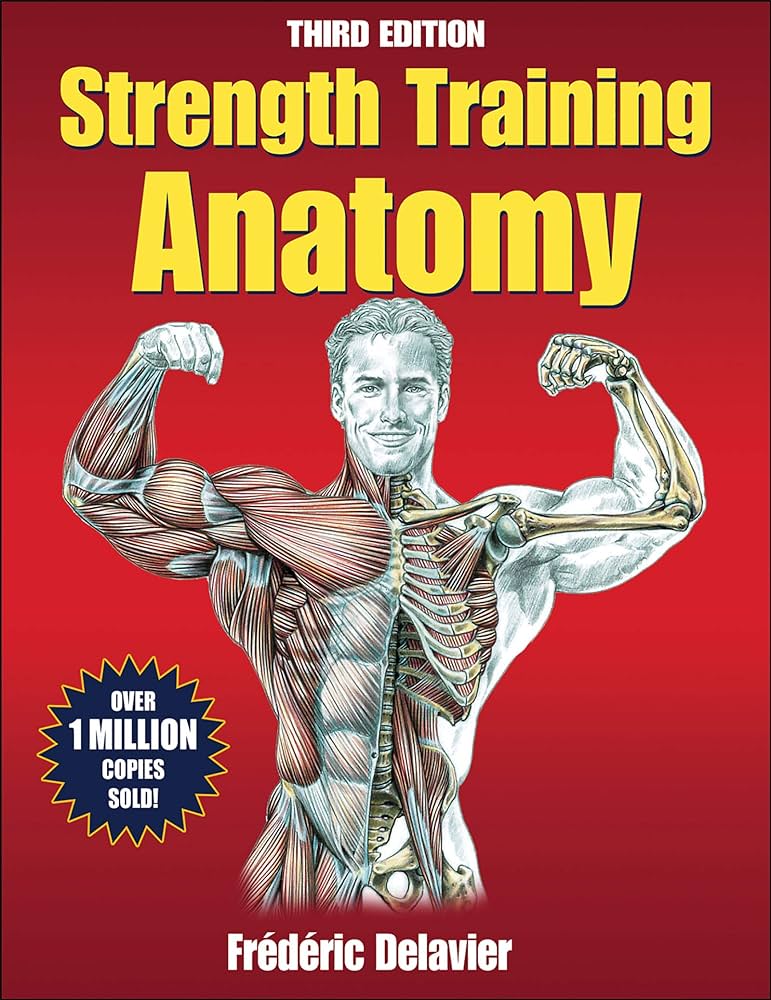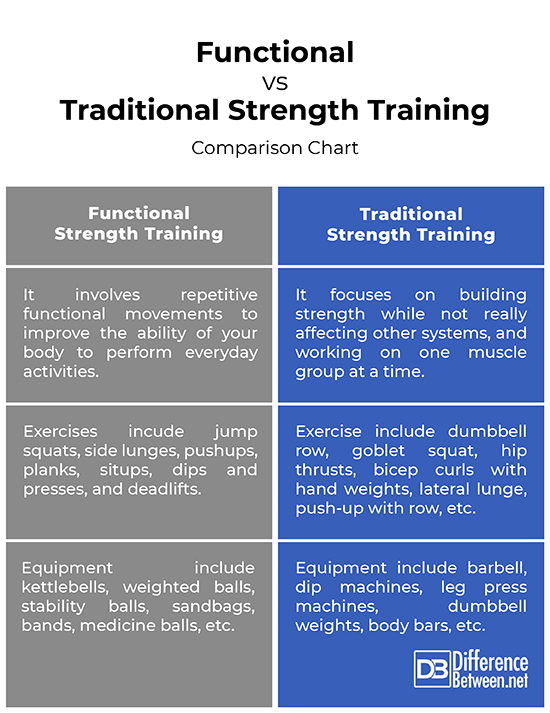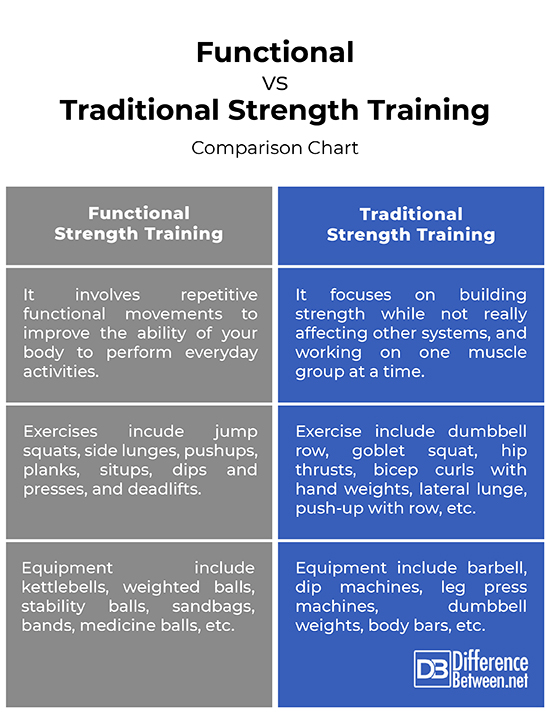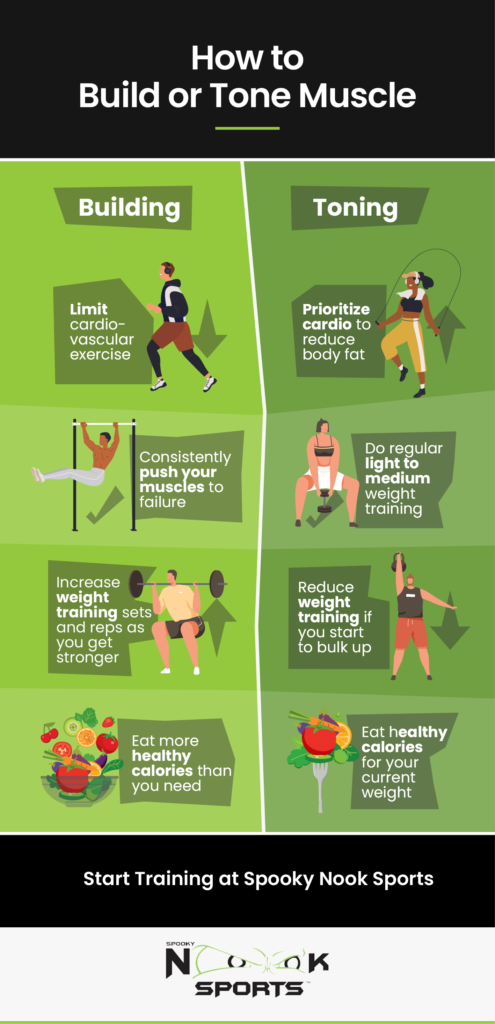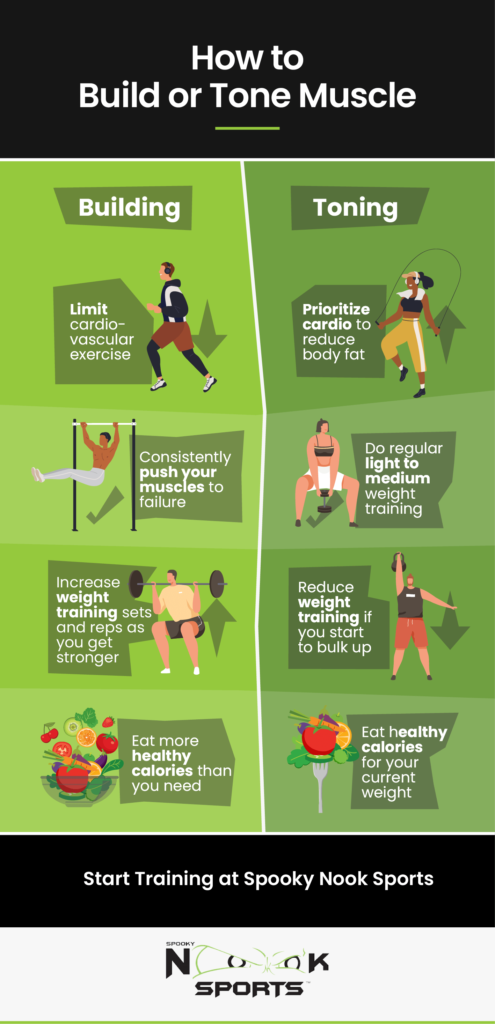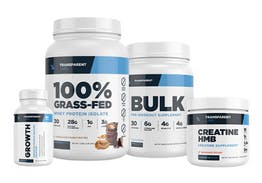Muscle building focuses on increasing muscle size, while strength training aims to enhance muscular power. Both have unique benefits and require different approaches.
Building muscle, known as hypertrophy, involves high-volume workouts with moderate weights. This approach stimulates muscle fibers to grow, enhancing muscle mass. Strength training, on the other hand, emphasizes lifting heavier weights with fewer repetitions. This method improves the muscle’s ability to generate force.
Both muscle building and strength training are essential for overall fitness and health. Integrating both into a workout routine can lead to balanced development, better performance, and reduced injury risk. Understanding the differences helps tailor your fitness plan to meet specific goals, whether you seek to bulk up or increase strength.
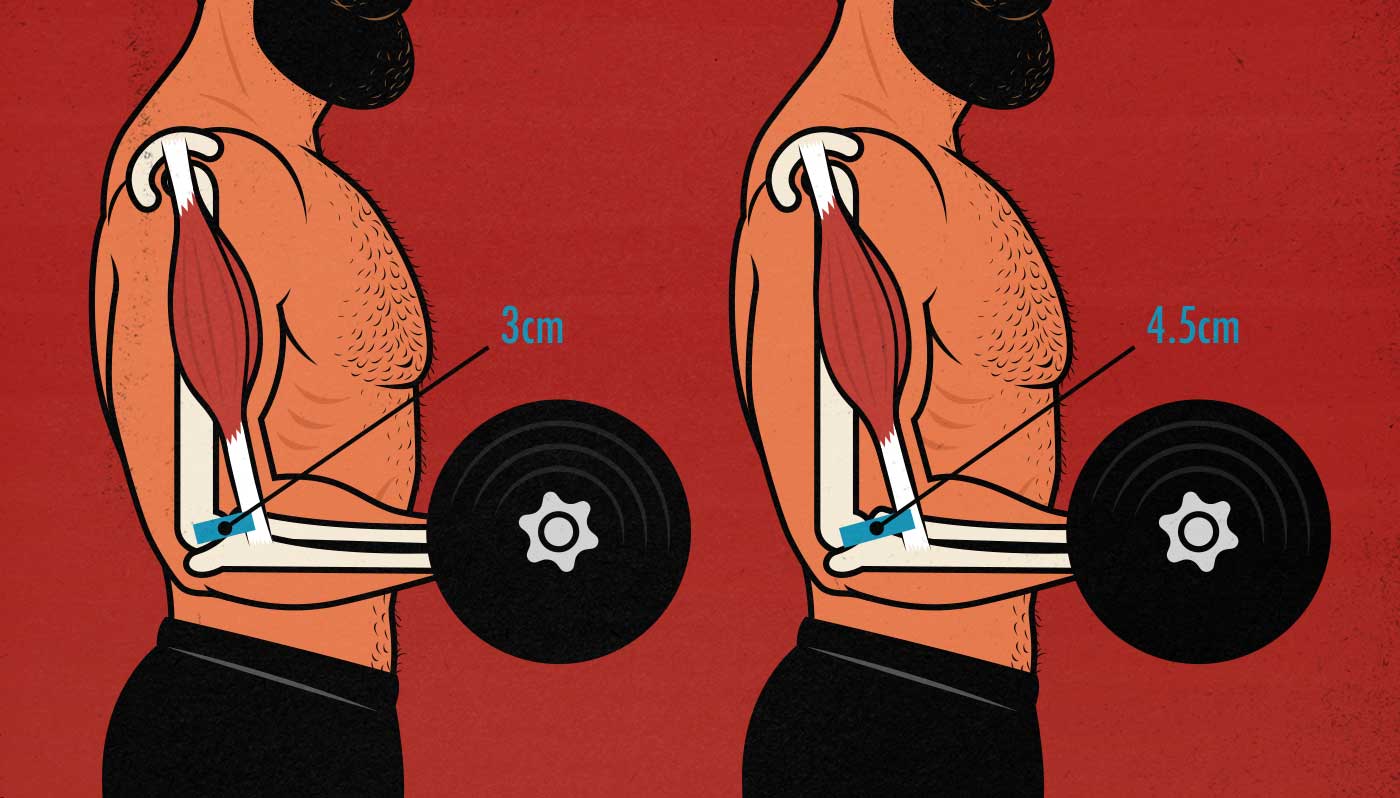
Credit: outlift.com
Muscle Building Basics
Hypertrophy means muscle growth. It happens with weight training. Muscles get bigger and stronger. Consistent training is important for hypertrophy. Nutrition also plays a key role. Protein intake helps muscles grow. Rest and recovery are essential. Overworking can harm muscle growth. Focus on progressive overload. This means lifting heavier weights over time.
Some exercises are best for muscle growth. Here are a few:
- Squats
- Deadlifts
- Bench Press
- Pull-Ups
- Rows
- Overhead Press
These exercises target multiple muscles. They help build strength and size. Do them consistently for best results. Aim for good form to avoid injuries.

Credit: www.youtube.com
Strength Training Fundamentals
Powerlifting focuses on three main lifts. These are the squat, bench press, and deadlift. Each lift targets different muscles. Squats strengthen the legs and core. Bench presses build the chest, shoulders, and triceps. Deadlifts work the back, glutes, and hamstrings.
Lifting heavy weights is key in powerlifting. It helps increase muscle strength. Proper form is essential to avoid injury. Consistency in training leads to better results.
Core movements are exercises that target your core muscles. These muscles include the abs, obliques, and lower back. Examples of core movements are planks, crunches, and leg raises. Strong core muscles help with balance and stability.
Core exercises are important for overall strength. They improve posture and reduce back pain. Adding core movements to your routine can enhance your performance in other exercises.
Differences Between Muscle And Strength
Muscle building focuses on increasing muscle size. This is known as hypertrophy. Strength training aims to make muscles stronger. This often involves lifting heavy weights. Both types of training have different goals. Muscle builders want bigger muscles. Strength trainers want more power.
Muscle building requires more repetitions and lighter weights. This leads to muscle growth. Strength training uses fewer reps and heavier weights. This increases muscle strength. Muscles adapt differently to each type of training.
Nutrition For Muscle Growth
Protein is vital for muscle growth. Aim for 1.6 to 2.2 grams of protein per kilogram of body weight each day. Include lean meats, fish, eggs, and dairy in your diet. Plant-based sources like beans, lentils, and tofu are great too. Spread protein intake throughout the day.
Whey protein is popular and effective. It helps muscles recover quickly. Creatine can boost strength and muscle mass. BCAA supplements reduce muscle soreness. Glutamine aids in muscle recovery. Consult with a healthcare professional before starting any supplements.
Diet For Strength Gains
Eating enough calories is key for strength gains. More calories are needed than for regular activities. It’s important to balance proteins, carbs, and fats. Proteins help build muscle. Carbs give energy. Fats support overall health. Keep track of daily caloric intake. This ensures the body gets enough fuel.
Eating at the right time boosts strength. Pre-workout meals should include carbs and protein. This gives energy for the workout. Post-workout meals should have protein and carbs too. They help muscles recover. Spread meals throughout the day. This keeps energy levels steady.

Credit: www.pinterest.com
Recovery And Rest
Sleep is vital for muscle growth and strength. The body repairs itself during sleep. Muscles grow stronger after a good night’s sleep. Aim for at least 8 hours of sleep each night. Poor sleep can lead to weak muscles. Sleep helps to reduce stress and boost energy. Good sleep improves focus and performance during workouts. Always prioritize sleep for better muscle recovery.
Active recovery helps muscles heal faster. Light exercises like walking or cycling are good. These activities increase blood flow to muscles. Blood carries nutrients to help muscles recover. Active recovery reduces muscle soreness. It also keeps you active without overworking your muscles. Stretching can be part of active recovery too. Always include active recovery in your routine for better results.
Combining Muscle And Strength Training
Hybrid programs blend muscle and strength training. These programs offer the best of both worlds. You gain muscle while getting stronger. A typical hybrid program includes compound and isolation exercises. Compound exercises work multiple muscles. Isolation exercises focus on one muscle group. This combination helps achieve balanced progress.
Periodization strategies are key to success. They involve changing workouts over time. This helps avoid plateaus and overtraining. A popular strategy is linear periodization. You start with light weights and high reps. Gradually, you increase weights and decrease reps. This keeps your muscles and strength growing. Another strategy is undulating periodization. Here, you change weights and reps more frequently. This keeps workouts varied and exciting.
Common Mistakes To Avoid
Overtraining can hurt your progress. Muscles need rest to grow. Working out too much can lead to injuries. Listen to your body. Take rest days seriously. Proper rest helps muscles recover. Avoid the temptation to train every day.
Ignoring form can cause serious injuries. Proper form ensures you target the right muscles. Sloppy form reduces workout effectiveness. Always focus on technique. Use mirrors to check your form. Ask a coach for guidance. Correct form builds strength safely.
Frequently Asked Questions
What Is Muscle Building?
Muscle building focuses on increasing muscle size through resistance training. It involves lifting weights with higher repetitions. Diet and rest are crucial for muscle growth.
How Does Strength Training Differ?
Strength training aims to increase overall strength and power. It involves lifting heavier weights with fewer repetitions. Proper technique and progressive overload are essential.
Can You Do Both Simultaneously?
Yes, you can combine muscle building and strength training. A balanced approach includes varying reps and weights. This method ensures both muscle size and strength improvements.
Which Is Better For Weight Loss?
Strength training is often better for weight loss. It boosts metabolism and burns more calories. Muscle building also helps but may focus more on aesthetics.
Conclusion
Understanding the differences between muscle building and strength training helps tailor your fitness goals. Choose a plan that suits your needs. Remember, consistency and proper technique are key. Embrace your journey and enjoy the progress. Keep pushing your limits, and you’ll see results in no time.
Fitness is a lifelong commitment.

